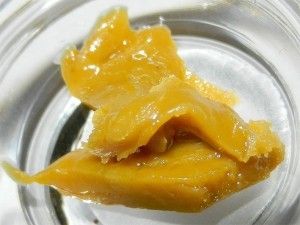 For those new to concentrates, the various technical terms and jargon can all be a bit confusing. Concentrates come in many different forms, and there are numerous devices and processes involved in their consumption. Concentrates come in numerous different forms, and these are dependent on the methods used to make them.
For those new to concentrates, the various technical terms and jargon can all be a bit confusing. Concentrates come in many different forms, and there are numerous devices and processes involved in their consumption. Concentrates come in numerous different forms, and these are dependent on the methods used to make them.
The term ‘concentrates’ refers to the different products made from the ingredients extracted from plants. There are a number of different methods used for extraction, all producing different types of concentrates with varying levels of potency. Concentrates range in consistency from oily or waxy compounds to sheets of yellowish, amber, or brownish ‘glass’.
Types of concentrates
Here are some of the more common types of concentrates you are likely to encounter.
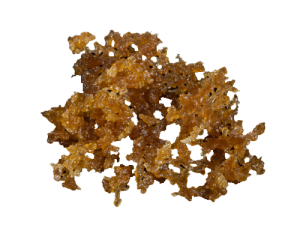 Wax
Wax
Wax is obtained using butane extraction, and is a common result of a failed attempt to produce shatter. It’s typically thick and gooey, but wax can sometimes be as soft as diluted peanut butter.
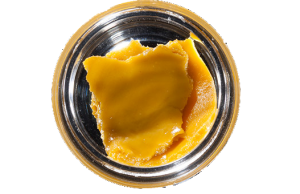 Budder
Budder
Budder is yet another type of concentrate produced via butane extraction. It typically starts out as wax, which is then whipped in order to achieve a more solid consistency. Budder is easy to recognize with its crumbly consistency and distinctive yellowish hue.
Oil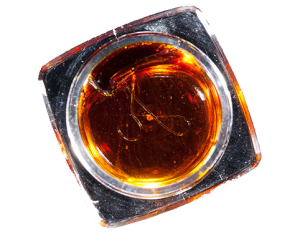
Oil is also produced via butane extraction, and is more fluid in form than wax or shatter. Extremely potent, oil is typically dabbed or vaporized.
Shatter
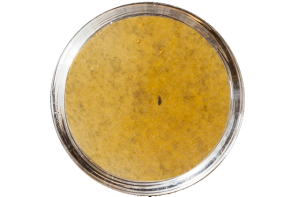 Also called amber glass, shatter is the result of processing the plant material with butane. Shatter is generally a yellow or orange color, and it has a soft and pliable consistency.
Also called amber glass, shatter is the result of processing the plant material with butane. Shatter is generally a yellow or orange color, and it has a soft and pliable consistency.
Bubble
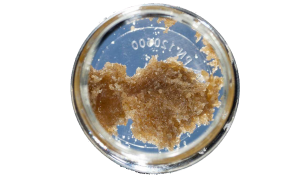 Also called ice wax or full melt, bubble is produced using an ice-water extraction process that essentially involves washing off the trichomes from the plant instead of extracting it via a chemical process. This results in a much cleaner and safer product. Bubble has a grainy texture similar to packed sand.
Also called ice wax or full melt, bubble is produced using an ice-water extraction process that essentially involves washing off the trichomes from the plant instead of extracting it via a chemical process. This results in a much cleaner and safer product. Bubble has a grainy texture similar to packed sand.
Scissor
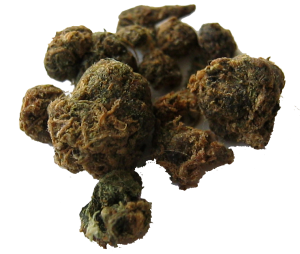 Also known as finger concentrates, scissor is produced from the trim of wet sticky plants. It is typically obtained from the gloves, scissors, and other implements used by people working with plants. As the trichomes collect on these surfaces, they are rubbed off to leave the gummy residue that is made into scissor.
Also known as finger concentrates, scissor is produced from the trim of wet sticky plants. It is typically obtained from the gloves, scissors, and other implements used by people working with plants. As the trichomes collect on these surfaces, they are rubbed off to leave the gummy residue that is made into scissor.
Dust
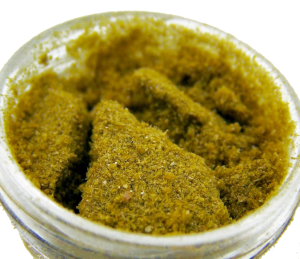 Dust is also made using dry ice, resulting in a powdery and very potent product. Dust tends to melt quickly with warm temperatures.
Dust is also made using dry ice, resulting in a powdery and very potent product. Dust tends to melt quickly with warm temperatures.
Concentrate extraction methods
Concentrates are produced via a variety of extraction methods, each producing specific types of products. Here are the most common methods of extraction used today.
Water and ice
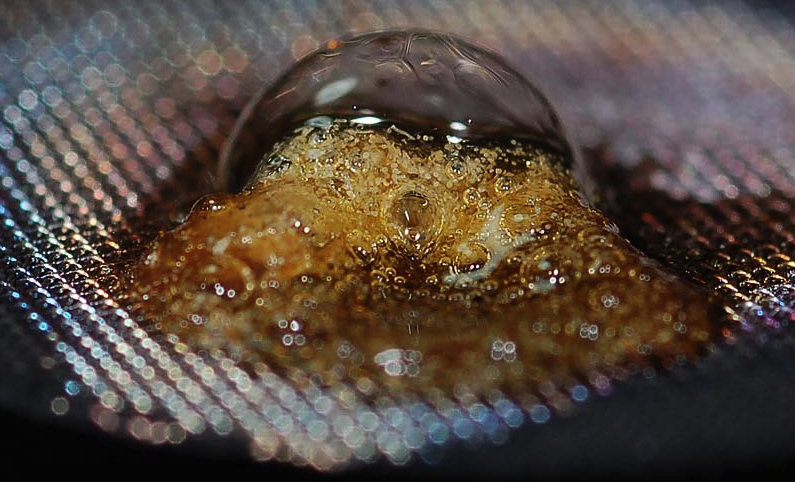 Water and ice are used to produce concentrates known as ice wax, bubble, or full melt. These concentrates produce almost no ash when dabbed, and melts completely, hence the name ‘full melt’. Depending on the amount of plant material in the product, the concentrate may be a light golden color or it may be dark green or almost black. Because the production method is quite lengthy and complicated, these types of concentrates aren’t very common on the market.
Water and ice are used to produce concentrates known as ice wax, bubble, or full melt. These concentrates produce almost no ash when dabbed, and melts completely, hence the name ‘full melt’. Depending on the amount of plant material in the product, the concentrate may be a light golden color or it may be dark green or almost black. Because the production method is quite lengthy and complicated, these types of concentrates aren’t very common on the market.
Acetone/alcohol
Concentrates such as honey oil and black gold are produced with the use of acetone or alcohol, in which the plant material is soaked. Leaving the plant material in the solution for longer periods results in a darker product. Although quite hard initially, these products turn to oil when heated. Care should be taken when using these types of concentrates, as residual amounts of acetone or alcohol may still be present.
Butane
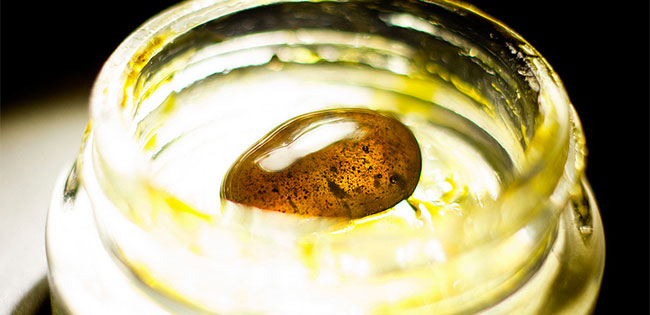 Butane is one of the most commonly used methods of extraction, and it can be used in the production of goo, shatter, earwax, and honey oil. The process is quite complicated, and involves washing the plant matter with butane. When done properly, the result is a clear, amber substance that has a similar consistency to earwax. Although butane extraction is by no means an organic process, the resulting product is often remarkably clean and potent, and almost entirely free of plant material.
Butane is one of the most commonly used methods of extraction, and it can be used in the production of goo, shatter, earwax, and honey oil. The process is quite complicated, and involves washing the plant matter with butane. When done properly, the result is a clear, amber substance that has a similar consistency to earwax. Although butane extraction is by no means an organic process, the resulting product is often remarkably clean and potent, and almost entirely free of plant material.
Dry Ice
Dry ice can be used to produce a very clean and very potent product, one example of which is Gold Dust. Also called moon rocks, gold dust is produced by shaking dry ice in a vessel along with the plant material. The extreme cold of the dry ice causes the trichomes to separate cleanly from the plant, falling through a screen into a receptacle, resulting in a very clean product that has the appearance of powdered gold.
CO²
Shatter is one of the concentrates that can be produced with CO² extraction. The process is similar to butane extraction, with CO² used in place of butane. Because CO² is much safer than butane, shatter made with CO² is typically of a higher quality than products made with butane extraction, and has a better flavor too.
We supply a whole range of dabbing accessories, including containers, dabbing tools, torches and nails. Check them out here.

